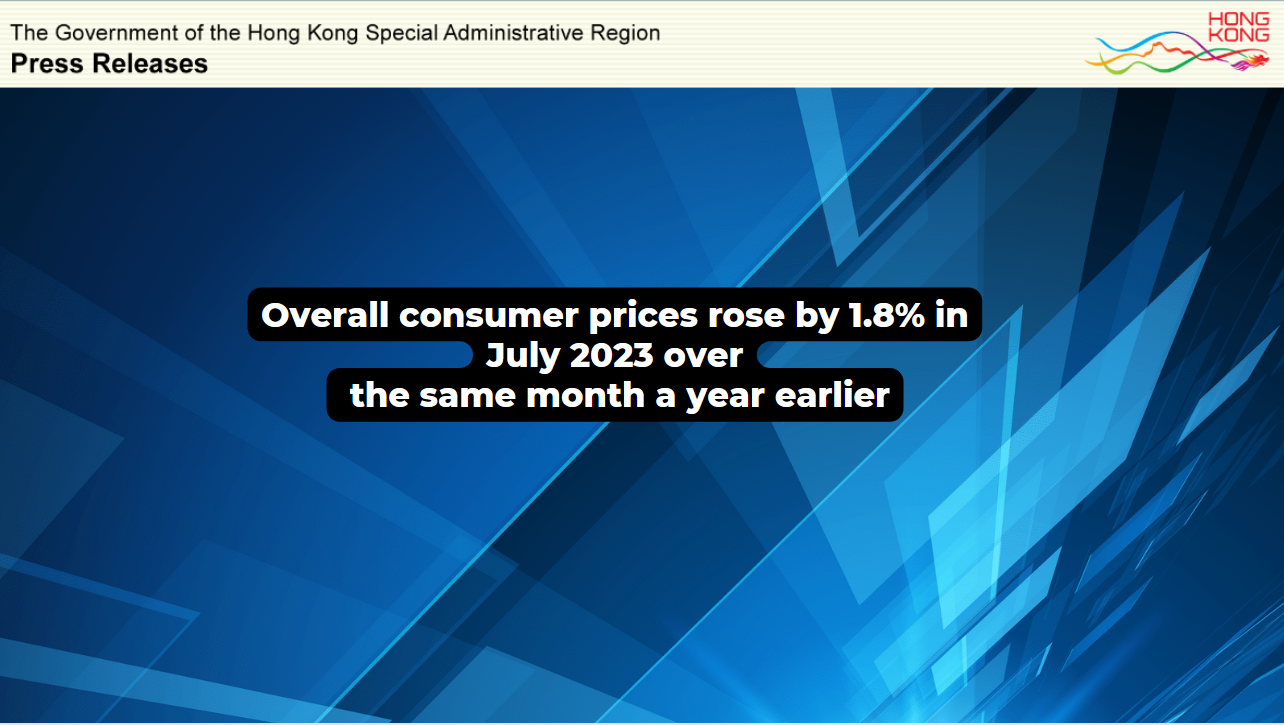Renminbi ramps up internationalization pace
As the renminbi's internationalization advances, more presence of the Chinese currency will be seen in the offshore market, with the dual counter model recently introduced in Hong Kong serving as one of the latest signs of progress.
Starting from June 19, a total of 24 Hong Kong-listed companies, accounting for 40 percent of the average daily turnover of the cash equities market, were included in the new Hong Kong dollar-renminbi dual counter model. These stocks can thus be traded and settled both in yuan and Hong Kong dollars, while only the latter were accepted before this new arrangement.
The introduction of the dual counter model is crucial for Hong Kong, which is already the major global offshore yuan hub, as the Chinese currency's ongoing internationalization "will be one of the defining characteristics of global markets in the next decade", said Nicolas Aguzin, CEO of Hong Kong Exchanges and Clearing Ltd.
Dong Yi, an analyst at Shenwan Hongyuan Securities, said products available for renminbi holders are quite limited in the offshore market, with "dim sum" bonds — offshore yuan-denominated bonds — bank deposits and funds issued by qualified foreign institutional investors and renminbi-qualified foreign institutional investors serving as the three most popular choices.
The QFII and RQFII funds mainly target the Chinese mainland financial market. The annual issuance value has stood above 200 billion yuan ($27.34 billion) since 2020. But as of the end of the first quarter, the value of yuan-denominated deposits had approached 800 billion yuan in Hong Kong, much larger than the size of dim sum bonds.
"The dual counter model can help meet the increasingly larger offshore renminbi investment demand," said Dong.
Wu Fei, a professor from the Shanghai Advanced Institute of Finance at Shanghai Jiao Tong University, said the internationalization of the renminbi is inseparable from a mature offshore yuan market. Thanks to the lower remittance costs in offshore markets, capital flows more efficiently here, which can be translated into higher willingness to hold yuan-denominated assets.
Meanwhile, the development of the offshore renminbi financial market can help to complete the mechanisms for cross-border yuan settlements and direct outbound investments. The Chinese currency's role as an international reserve currency will thus be elevated, he said.
According to the macroeconomic research team at China Merchants Securities, the internationalization of a currency is mainly measured by international payments, foreign exchange reserves and pricing of commodities. The renminbi has made progress in all three areas, which is especially noticeable after the COVID-19 pandemic.
Much progress has been made this year. The Central Bank of Argentina announced on June 29 it would accept renminbi as the currency allowed for deposits and withdrawals in the Argentine banking system. Argentine financial entities are allowed to start yuan-denominated savings and time deposit businesses.
On April 10, the Bank of Russia, the country's central bank, announced that the yuan/rouble pair hogged a record 39 percent share of trading on the Russian currency market in March, dethroning the US dollar/rouble pair, whose share fell to 34 percent.
On March 28, Chinese national oil company CNOOC and France's TotalEnergies settled the first yuan-denominated trade for liquefied natural gas via the Shanghai Petroleum and Natural Gas Exchange.
In February, the People's Bank of China, the country's central bank, signed an agreement with Brazil's central bank for yuan settlements. This indicates that the two countries can use the currency as an intermediary currency in trade.
According to data updated by the Society for Worldwide Interbank Financial Telecommunications, or SWIFT, on July 20, the Chinese yuan remained the fifth most active currency for global payments by value, a position that the currency has maintained for 17 consecutive months.
In terms of foreign exchange spot transactions worldwide, the yuan ranked as the fifth most frequently exchanged currency for the second consecutive month in June, according to SWIFT. The fifth position was taken by the Canadian dollar in April, when the renminbi ranked sixth.
But more efforts can be made to further elevate the yuan's importance in the international market.
Zhou Xiaochuan, vice-chairman of the Boao Forum for Asia, said the yuan should be used more conveniently, with its convertibility improved. Further opening-up in the capital market, including facilitating investment in Chinese stocks, bonds and foreign exchange markets — and making credit and payment sectors more accessible to overseas institutions — will help make the renminbi more convertible.
But all these will require further reforms in the foreign exchange management system, said Zhou, former governor of the PBOC.
Experts from China Securities wrote in a report in late June that countries and regions included in the Belt and Road Initiative will be major drivers of the yuan's internationalization, which is especially true as these economies have shown stronger demand for renminbi given the current geopolitical changes.
China's adequate gold reserves will help the yuan expand its footprints globally, said the China Securities analysts.





















































First, please LoginComment After ~